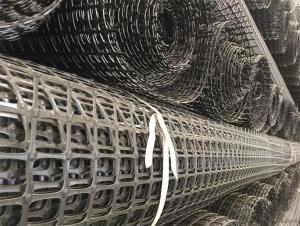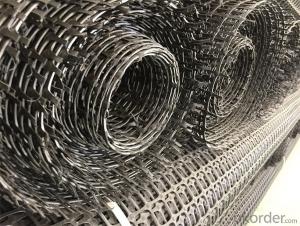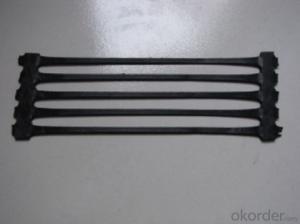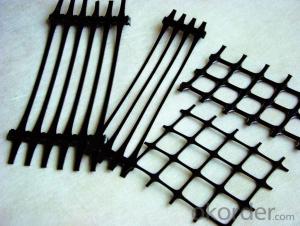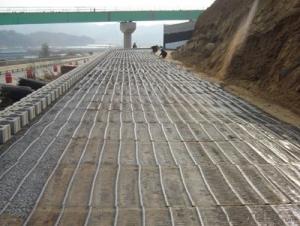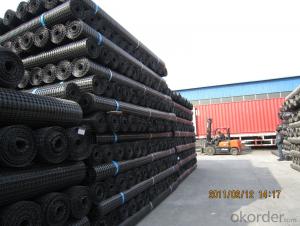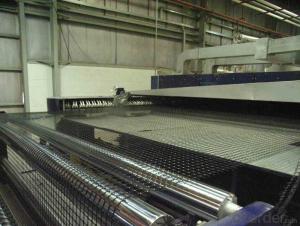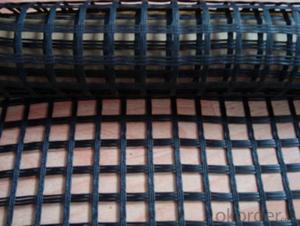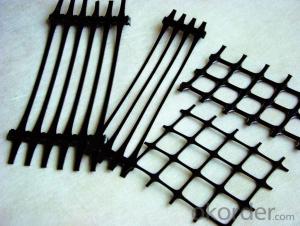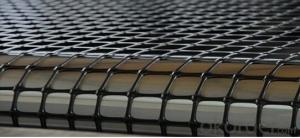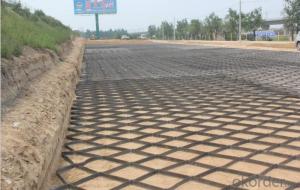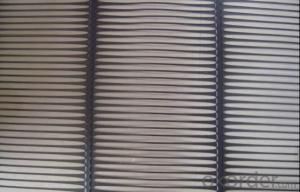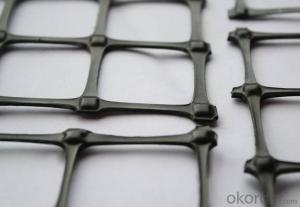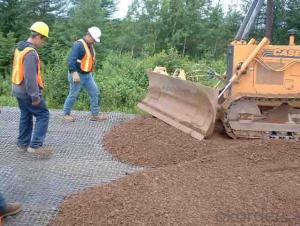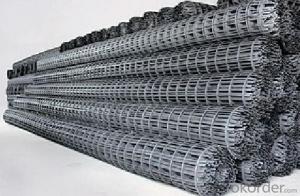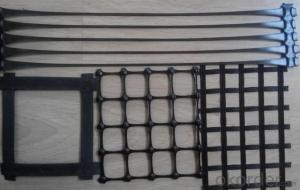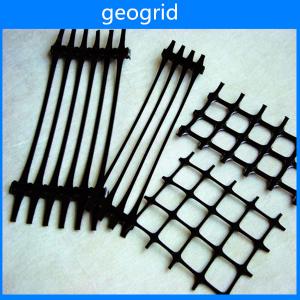Uniaxial Geogrid
Uniaxial Geogrid Related Searches
Led For Cannabis Growing Fiberglass Sheets For Roofing Geogrid For Road Construction Geogrid For Erosion Control Geogrid For Soil Stabilization Geogrid For Horse Paddocks Geogrid For Gravel Geogrid For Pavers Geogrid For Steep Slopes Geogrid For DrivewaysHot Searches
Geogrid China Geogrid Mesh Price Geogrid Fabric Price Geogrid Roll Price Geogrid Price List Tensar Triax 160 Geogrid Price Tensar Ss40 Geogrid Price Tensar Tx160 Geogrid Price Triax Geogrid Price Geogrid Price Tx160 Geogrid Price Geogrid Fabric Home Depot Plastic Flower Buckets Wholesale Wholesale Plastic Hanging Baskets Plastic Planter Liners Wholesale Tensar Type 2 Geogrid Type 2 Geogrid Home Depot Geogrid Fiberglass Scaffolding For Sale Fiberglass Panels For SaleUniaxial Geogrid Supplier & Manufacturer from China
Okorder.com is a professional Uniaxial Geogrid supplier & manufacturer, offers integrated one-stop services including real-time quoting and online cargo tracking. We are funded by CNBM Group, a Fortune 500 enterprise and the largest Uniaxial Geogrid firm in China.Hot Products
FAQ
- Yes, geogrids can be used in both mining and geotechnical applications. In mining, geogrids can be used for reinforcement and stabilization of slopes, mine walls, and tailings dams. They can also be used for erosion control and soil stabilization during excavation and reclamation activities. In geotechnical applications, geogrids are commonly used for soil reinforcement, retaining walls, embankments, and pavement construction to improve the stability and load-bearing capacity of the soil.
- Geogrids do not directly affect soil drainage as they are primarily used for soil stabilization and reinforcement purposes. However, by improving soil stability, geogrids can indirectly enhance soil drainage by preventing soil erosion and promoting better water percolation through the soil layers.
- Geogrid prices, the price of geogrid, geogrid latest offer
- Biaxially stretched plastic grid, uni directional plastic geogrid.
- The typical weight of a geogrid roll can vary depending on the specific type and size of the geogrid. However, on average, geogrid rolls can weigh anywhere from 50 to 500 pounds.
- Some design considerations for geogrids in reinforced soil slopes include the type and strength of the geogrid material, proper installation techniques, adequate spacing and orientation of the geogrid layers, and the required length and width of the geogrid reinforcement. Additionally, factors such as the soil properties, slope geometry, and anticipated loads must be considered to ensure the geogrids can effectively stabilize the slope and prevent soil erosion or failure.
- What is the vertical spacing of Geogrid
- Refers to the size of the geogrid mesh holeSpecific attention is not clear, the banner of Chang Chang official CafeThere's something you're looking forGrille generally by the vertical and horizontal staggered from the simple meaning of space can also be understood that the size of the lattice gap.
- Geogrids improve the performance of geotextile sediment retention tubes by providing additional structural support and stability. They reinforce the geotextile fabric, preventing it from sagging or collapsing under the weight of sediment and water pressure. This reinforcement helps the tubes maintain their shape and integrity, enhancing their effectiveness in retaining sediment and preventing erosion.
- Geogrids are a highly effective soil reinforcement method that offer several advantages over other methods. They provide excellent tensile strength, allowing them to distribute loads and restrain soil movement effectively. Unlike traditional methods like soil nails or ground anchors, geogrids can be installed quickly and easily, reducing construction time and costs. Additionally, geogrids are resistant to chemical and biological degradation, making them a durable and long-lasting solution. Overall, geogrids offer superior performance, cost-effectiveness, and ease of installation compared to other soil reinforcement methods.



